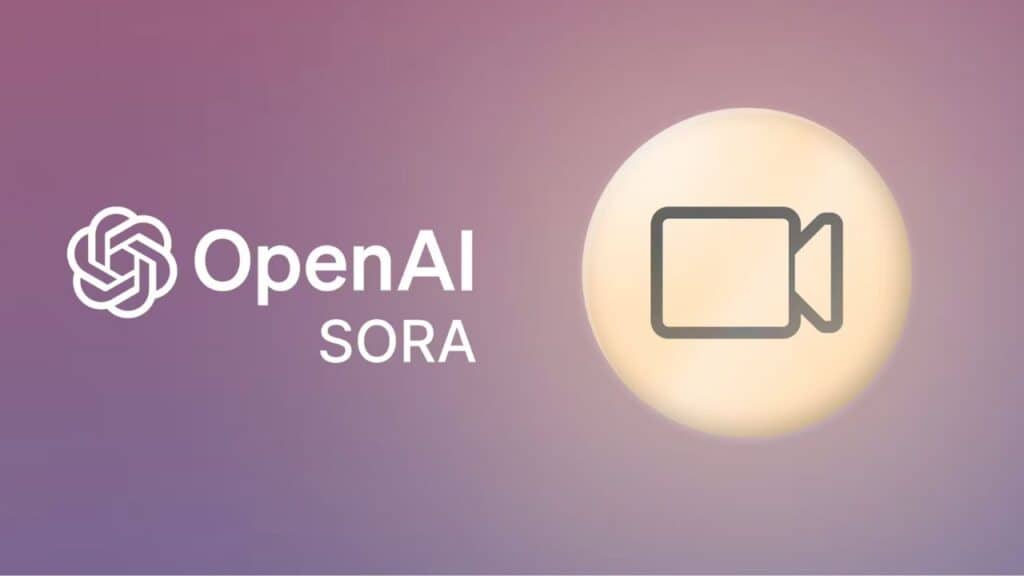OpenAI has recently introduced its latest text-to-video generating platform called “Sora” that can understand users’ text instructions and create detailed and visually stunning AI-powered videos. As of now, OpenAI’s latest release is under the red teaming phase to ensure the safety of the platform by assessing critical areas for damage or risks.
Sora is being tested out by experts along with a few visual artists, designers, and filmmakers for useful feedback regarding the platform. In this article, we are going to provide a detailed guide on how to try Sora, OpenAI’s AI text-to-video generator along with mentioning the top capabilities and limitations of Sora.
What is Sora, the text-to-video model from OpenAI

Sora is a text-to-video model created by OpenAI that can generate realistic and imaginative video scenes from text descriptions provided by the user. This AI video-generating platform is capable of producing a minute-long video while maintaining visual quality and commitment to the user’s prompt.
For now, the platform is under the red teaming phase which is an information-gathering section where red teamers check the most obscure security gaps in the platform’s processes, technology, and security controls to assess critical areas for harm or risks.
Apart from red teamers, OpenAI is also granting access to various visual artists, designers, and filmmakers so they can provide useful feedback regarding the video-generating tool along with opinions on how to advance the model which can be helpful for creative professionals.
Capabilities and limitations
Just like any other text-to-video platform, Sora has its own set of capabilities and limitations which are mentioned below. First, let’s take a look at the capabilities of Sora:
- Sora can generate various complex scenes with a number of characters and specific types of motion while maintaining accurate details of the background and subject. This AI-powered model thoroughly understands the prompts provided by the users.
- Sora is capable of creating 60-second-long detailed videos by maintaining its visual quality and ensuring proper accuracy to users’ prompts.
- It contains a deep understanding of language which plays a crucial role in interpreting prompts accurately and producing compelling characters that can express vibrant emotions.
- OpenAI’s text-to-video platform can create multiple shots within a single generated video.
Now, let’s take a look at some of the limitations of Sora to understand the weakness of the current AI model:
- At times, Sora can struggle in accurately simulating the physics of a complex scene and might not be able to properly understand a few specific instances due to the effects and causes. For example, an individual might take a bite of a cake, but afterward, the cake may not include a bite mark.
- Such small instances can often be missed by AI while generating the video.
- The tool can create funny or humorous video generations due to complex interactions between the object and multiple characters as it can confuse the AI model.
- This AI tool might struggle with spatial details of the text prompt provided by the users such as mixing left and right.
- Sora sometimes creates physically implausible motion.
- OpenAI also hasn’t shared any precise date on when the platform will be made available for audience use as they want to take various safety steps first before making the platform available for general usage.
How To Try Sora, OpenAI’s AI text-to-video Generator
For now, Sora is not accessible for users as the text-to-video generating platform is still under the red teaming phase. Therefore, the platform is only available for red teamers and a few visual artists, designers, and filmmakers for useful feedback that can help improve the AI platform.
As of now, OpenAI hasn’t announced any official date regarding the release of Sora among the audience. But till then users can access various demo videos shared by Sora in action to understand the functionality and capabilities provided by OpenAI’s latest AI-powered tool.
Is Sora safe?
Yes, Sora is a safe platform as there are various important safety steps ahead of making Sora available in OpenAI’s products. Currently, the platform is working with red teamers who are experts in areas like hateful content, misinformation, and bias and have been carefully testing the model to ensure a safe and secure environment.
OpenAI is also involved in generating tools that can detect or identify misleading content like detection classifiers that can provide information on when the video was created by Sora. Like, a text classifier is capable of reviewing and rejecting a text prompt input that might cause a violation of the usage policies or rules that can include sexual or explicit content, violence, hateful imagery, etc.
They have been involved in developing a robust image classifier that can check the frames of each and every video created to ensure the prompts are within the guidelines and usage policies.
